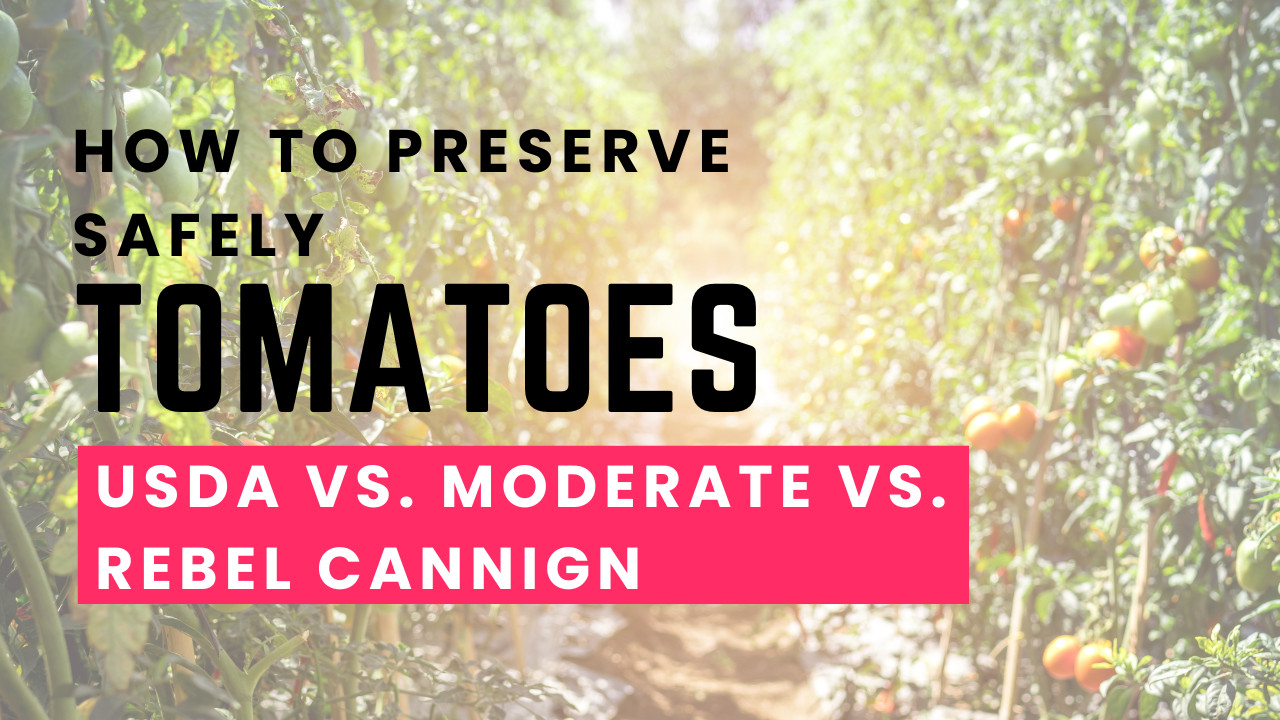
What’s Up You Beautiful Peeps?
Let’s pull up a chair in the kitchen and have an honest, no-sugarcoating heart-to-heart about canning tomatoes.
Not just a “how-to”—we’re wading right into the big, juicy debate: USDA-approved methods, moderate canning rules, and the so-called “rebel” ways.
If you’ve spent any time in the homesteading or food preservation corners of YouTube or Instagram, you’ve seen it—canners divided into little “tribes.”
- There’s the USDA disciples, clutching the guidebook like it’s the Bible.
- The middle-of-the-roaders, bending a few rules here and there.
- And then the rebel canners, proudly skipping steps they consider “overkill.”
So… where does that leave us? Let’s break it down—because tomatoes are a little trickier than their sunshiny red skin lets on.
Why Tomatoes Need Acid in the First Place
Tomatoes flirt with the safety line when it comes to acidity. The magic number is pH 4.6. Below that? Botulism bacteria can’t grow. Above it? You’re giving that nasty little spore an open invitation.
Here’s the kicker—tomatoes vary wildly in acidity depending on variety, soil, and ripeness. Even your beloved heirlooms aren’t immune.
That’s why in my Essential Canning Cookbook recipe, I call for:
- 1 tablespoon bottled lemon juice per quart of tomatoes
(That’s 6 tablespoons for a 6-quart batch—about 21 pounds.)
Why bottled? Because fresh lemons are moody little things—sometimes tart, sometimes sweet, but not always acidic enough to guarantee safety. Bottled lemon juice has consistent acidity, so you know every jar passes the test.
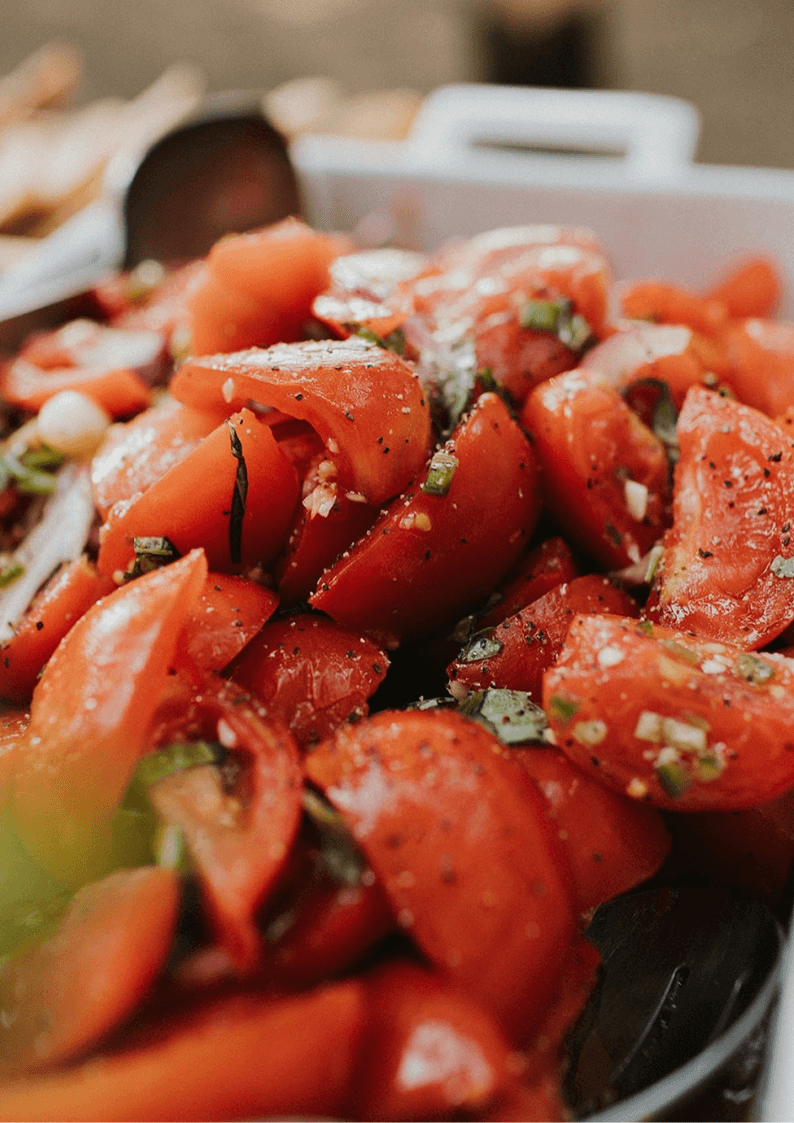
USDA-Approved Methods: The “Play It Safe” Camp
The USDA rules are built on years of lab testing, factoring in acid levels, processing times, jar sizes—even your altitude.
For tomatoes, that means:
- 2 tablespoon bottled lemon juice per quart (or 2 tbsp vinegar, or 1/4 tsp citric acid)
- Adjust water bath time for altitude
- Follow tested hot-pack or raw-pack methods exactly
The upside? You can sleep at night knowing your jars are safe whether they came from your backyard or the farmers’ market.
Moderate Method: The Middle Ground
This is where a lot of seasoned canners hang out. They honor the USDA safety baseline but make a few tweaks:
- Pressure-can tomatoes without added acid (pressure kills botulism spores on its own)
- Still add acid as “cheap insurance”
- Choose naturally more acidic varieties
It’s tradition-meets-science. They keep safety high but trim away what they see as excessive caution.
Rebel Canning: The “My Grandma Did It This Way” Camp
Rebel canners often say, “I’ve been canning tomatoes without acid for 30 years and no one’s gotten sick.”
Maybe that’s true—for them. But here’s the reality:
- Today’s tomatoes are generally less acidic
- Soil and weather change the pH game
- Botulism is rare, but if it hits—it’s invisible and devastating
No smell. No mold. No bulging lid. Just a jar that looks fine but could hold a deadly toxin.
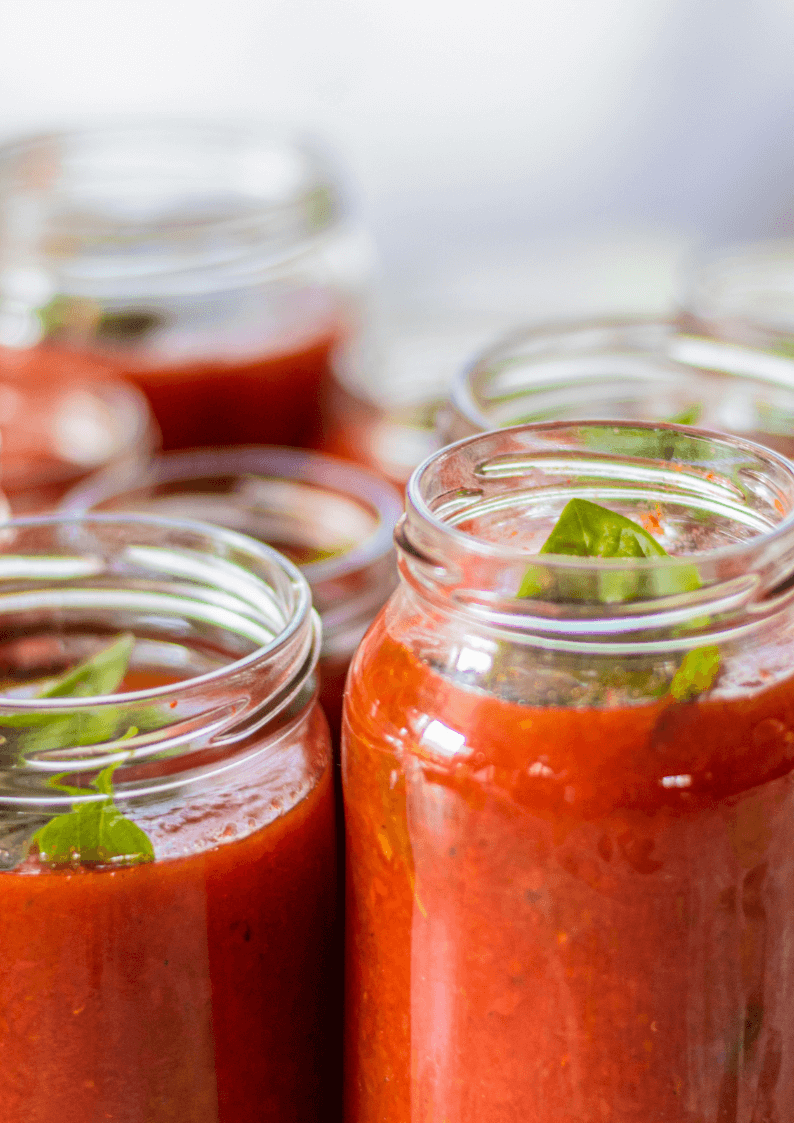
My Advice for the Wylder Space Community
You’re here because you want to feed your family well—and sleep at night knowing your pantry is truly safe. So here’s where I land:
- If water bath canning—always add acid. No exceptions.
- If pressure canning—acid is optional, but smart. It’s one more layer of protection.
- Measure your acid—don’t eyeball. One tablespoon per quart, every time.
- Use bottled lemon juice for consistency.
- Label & date your jars so you’re never playing the “mystery jar” game.
| Method | Acid Added? | Safety Level | Best For |
|---|---|---|---|
| USDA-Approved | Always | Highest | Beginners, safety-first canners |
| Moderate | Usually | High | Experienced canners who blend tradition & science |
| Rebel | Sometimes none | Variable | Those willing to accept higher risk |
Final Thought
Skipping acid in water bath tomatoes isn’t “edgy”—it’s risky. Our great-grandmothers didn’t have USDA data, but we do.
Let’s honor their spirit of self-reliance and layer it with modern wisdom. That way, every jar that “pings” on your counter provides security, self-sufficiency, and love in a glass.
Huggies to you,
Molly
Molly


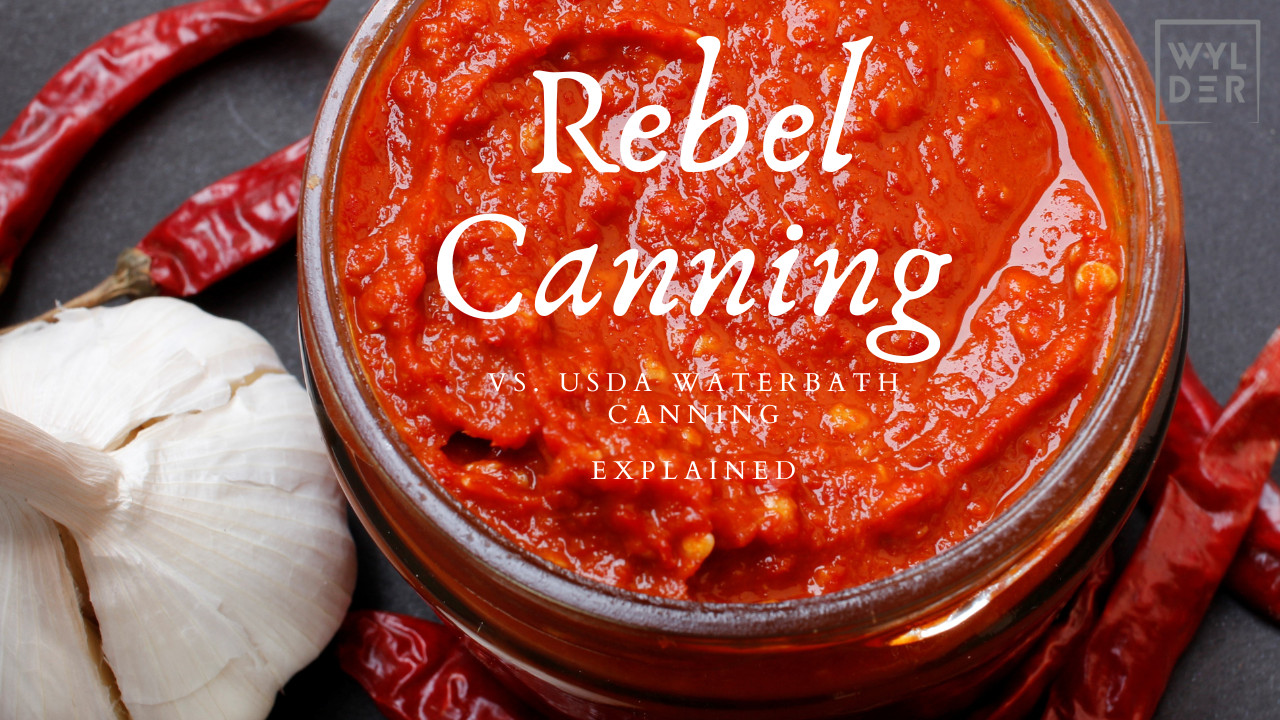
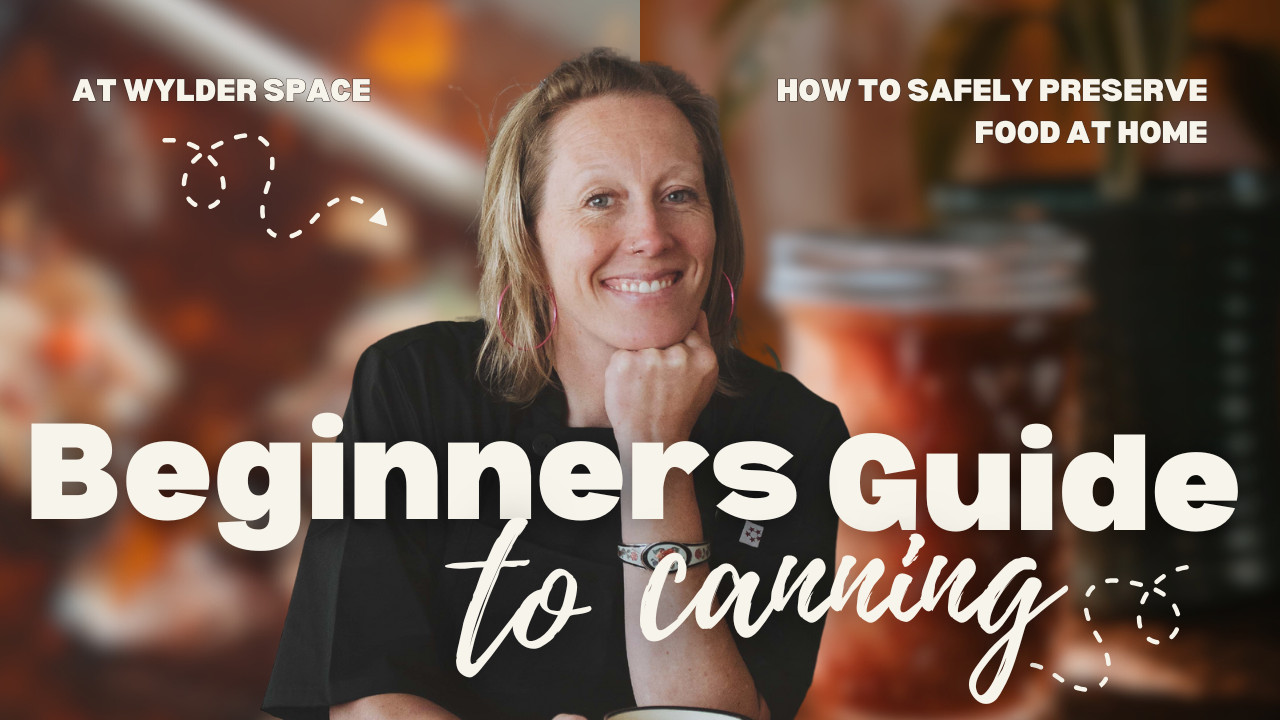
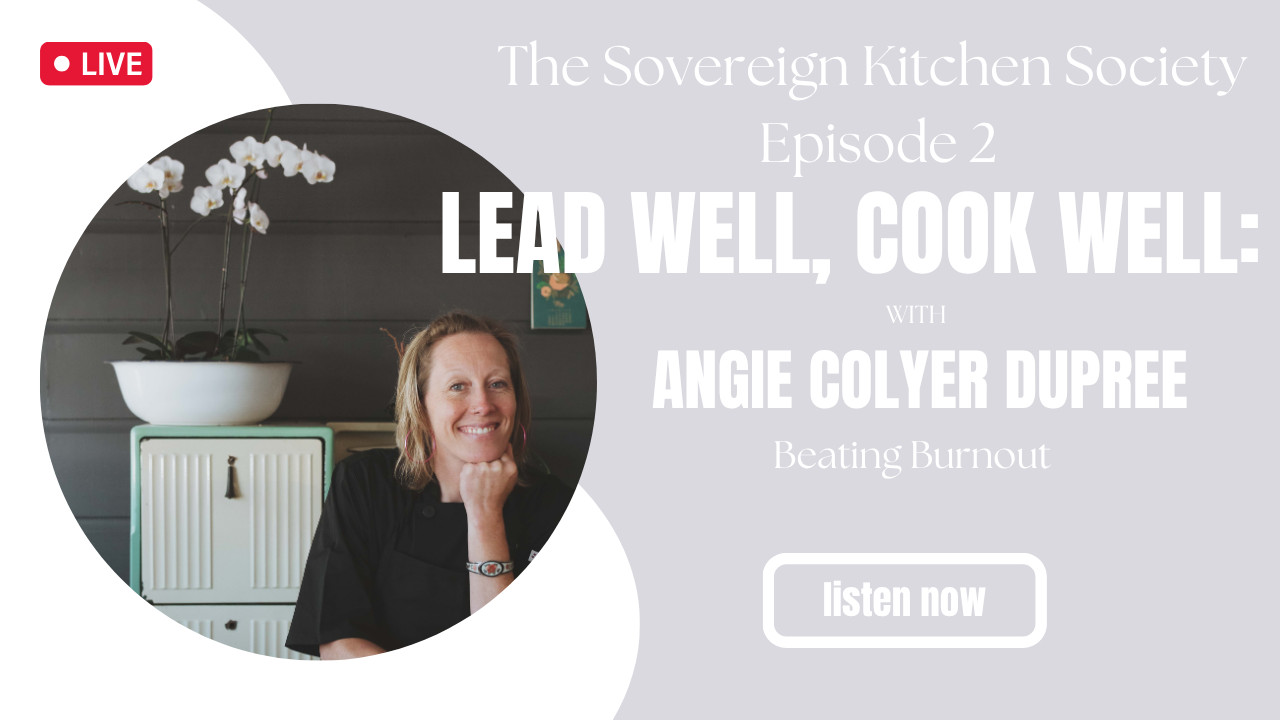

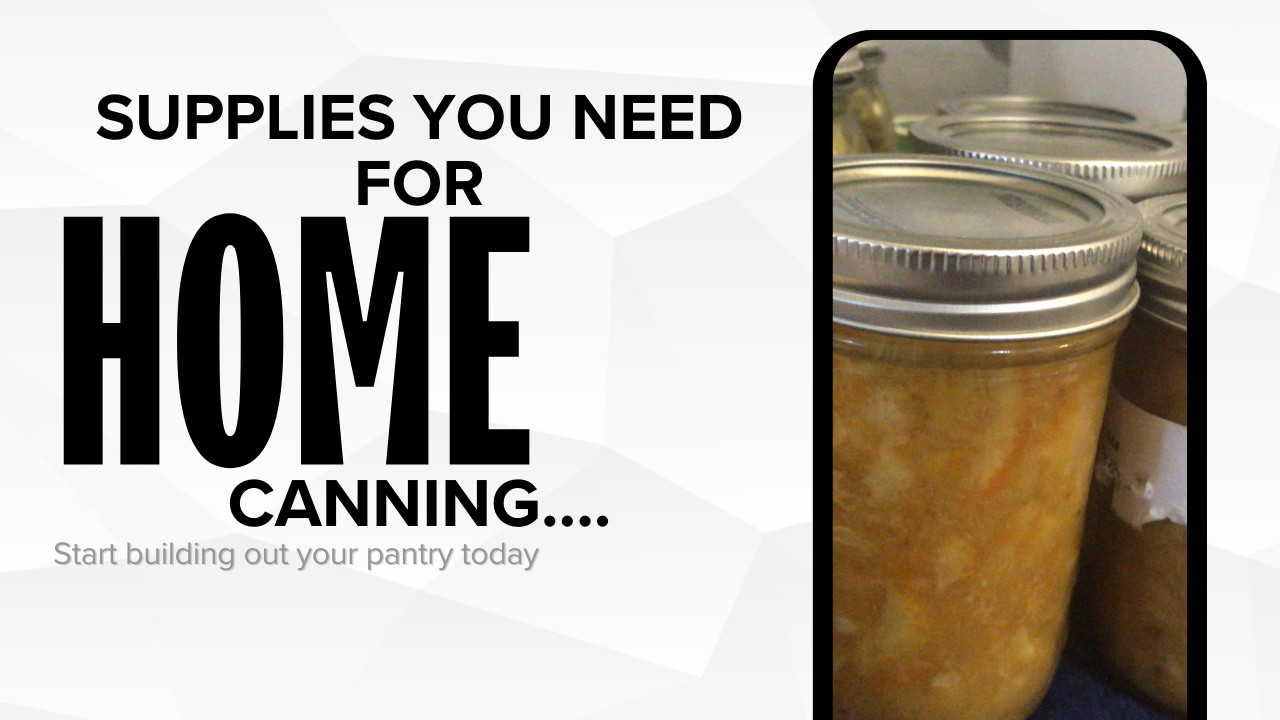
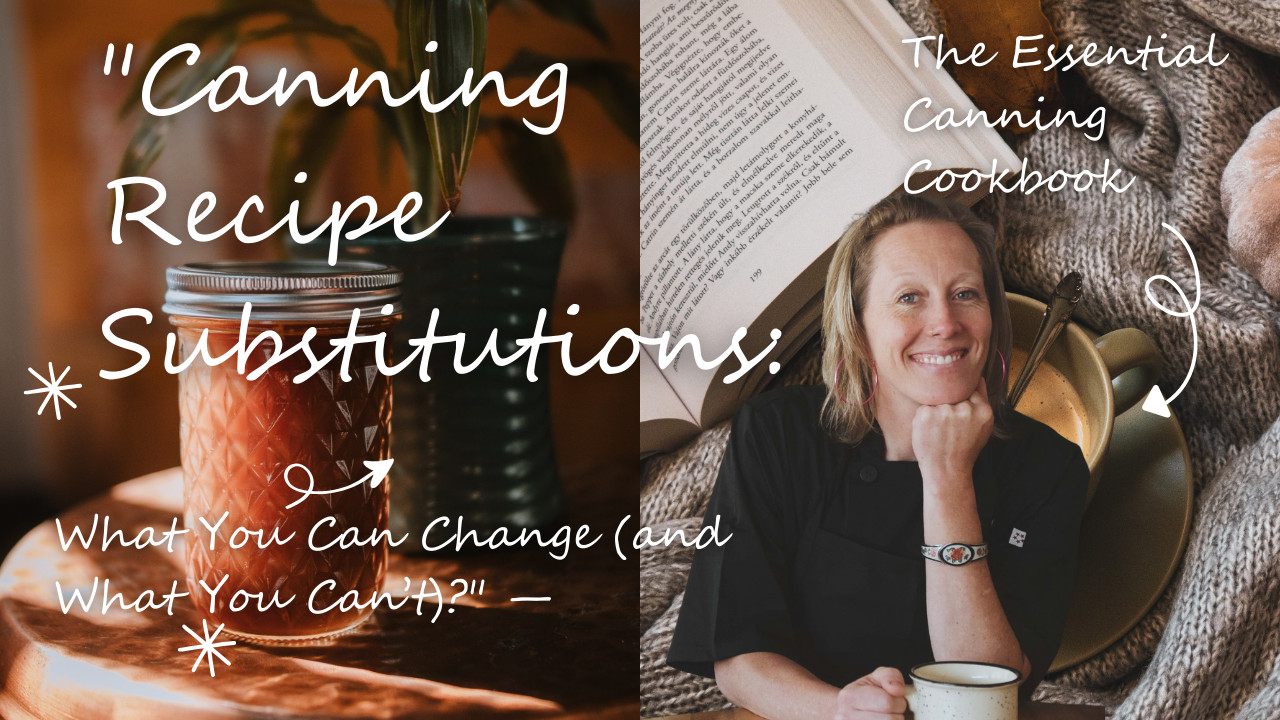


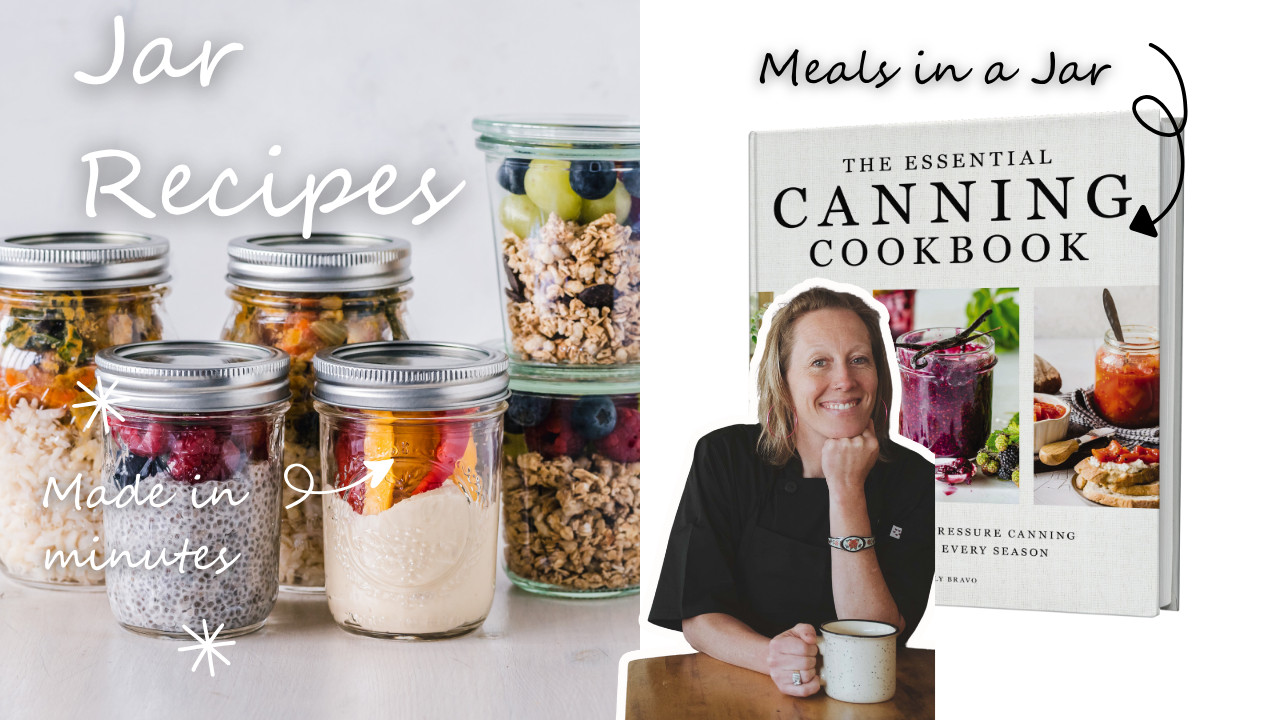
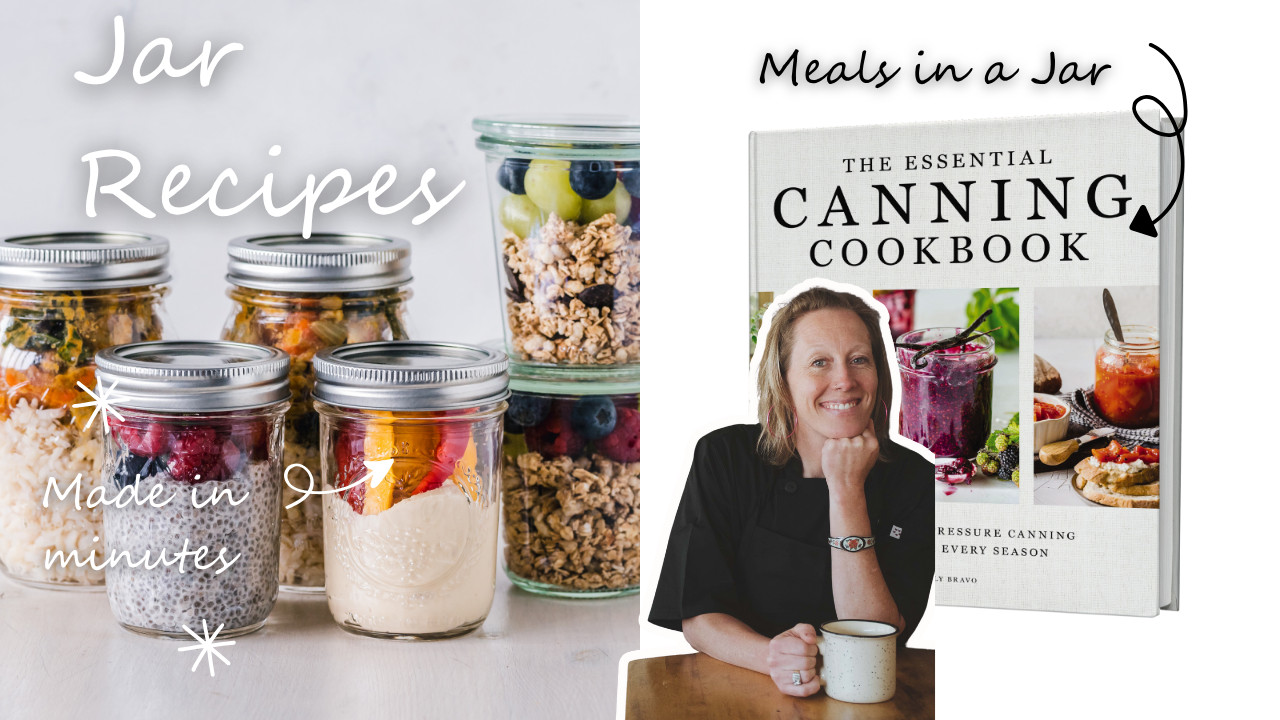
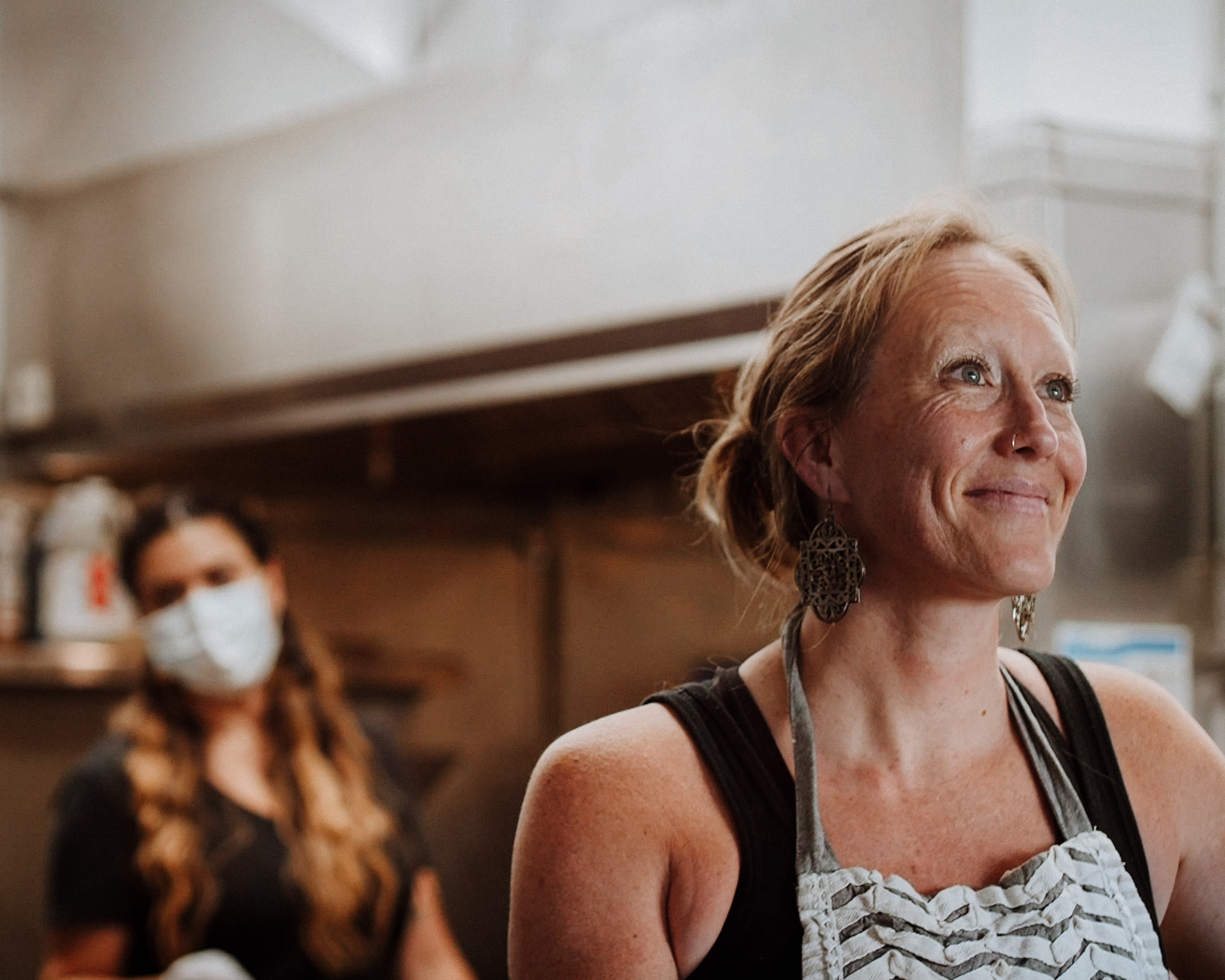
0 Comments